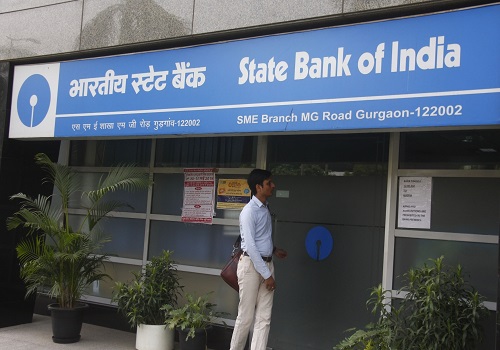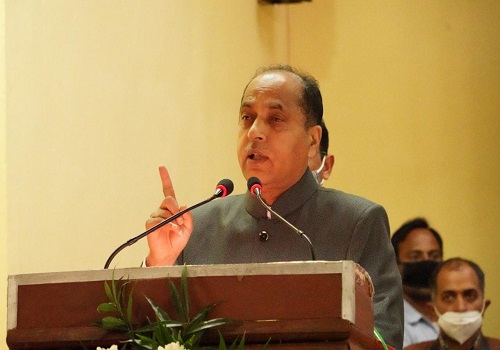Securitisation volumes in January-March surge to around Rs 40,000 crore: Crisil Ratings

Follow us Now on Telegram ! Get daily 10 - 12 important updates on Business, Finance and Investment. Join our Telegram Channel
Crisil Ratings in its latest report has stated that securitisation volumes in January-March surged to around Rs 40,000 crore, the highest in all the quarters of the 2020-21 fiscal. Despite this rise, securitisation volumes closed below the psychological Rs 1 lakh crore mark in 2020-21, down from nearly Rs 1.9 lakh crore clocked in each of the previous two fiscals. Securitisation refers to pooling of various contractual debts like housing, auto and commercial loans and selling their related cash flow to third-party investors.
The agency's senior director Rohit Inamdar said ‘The better-than-anticipated rise in volumes in the second half and specifically final quarter of last fiscal points to the resilience of this segment to interruptions brought on by the COVID-19 pandemic in the broader economy’. The securitisation market had started to open up last fiscal as containment restrictions were withdrawn, commercial activity resumed and the moratorium period announced by Reserve Bank of India drew to a close in August 2020. Due to this, deals comprising nearly three-fourths of annual volume were executed in the second half of the fiscal.
As per the report, over 100 entities securitised assets during 2020-21, with more than 15 entering the market for the first time. Private and public sector banks invested in more than two-thirds of securitisation issuances, while foreign banks invested in around 10 per cent and mutual funds, insurance companies, NBFCs, and high-networth individuals (HNIs) accounted for bulk of the rest, it added. In the fiscal, asset-backed securitisation (ABS) deals accounted for nearly two-thirds of securitised volumes. Mortgage-backed securitisation (MBS) issuances, with underlying home loans and loans against property, comprised the remaining, with investors drawing comfort from stable collection efficiency in MBS pools in the post-moratorium period.












 320-x-100_uti_gold.jpg" alt="Advertisement">
320-x-100_uti_gold.jpg" alt="Advertisement">












